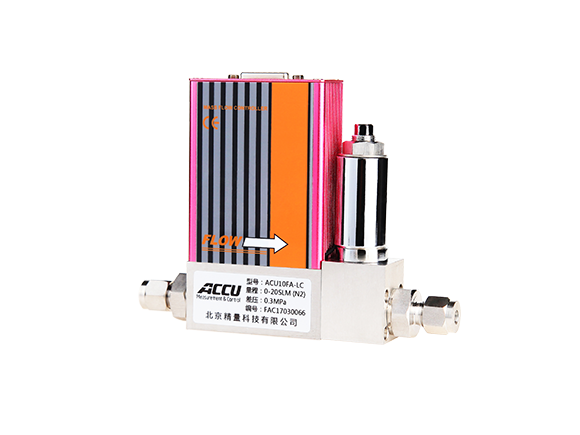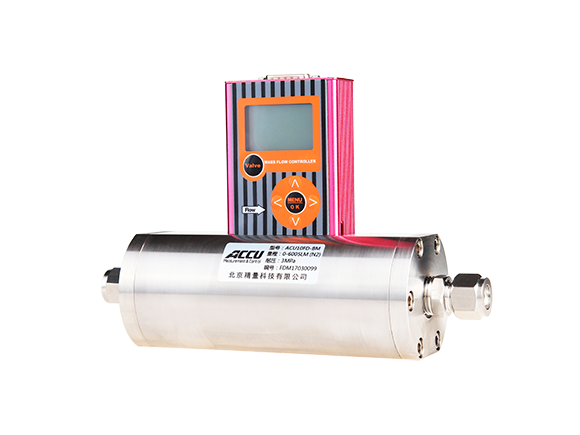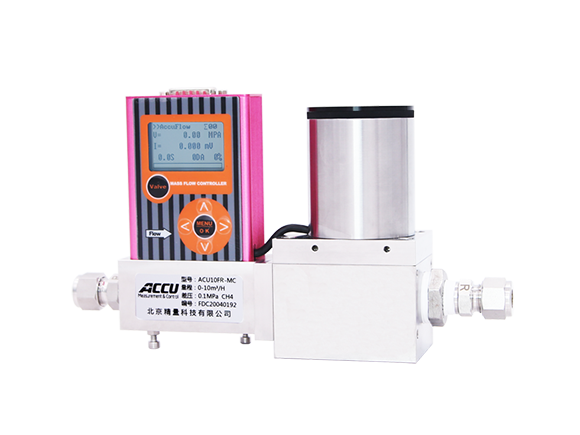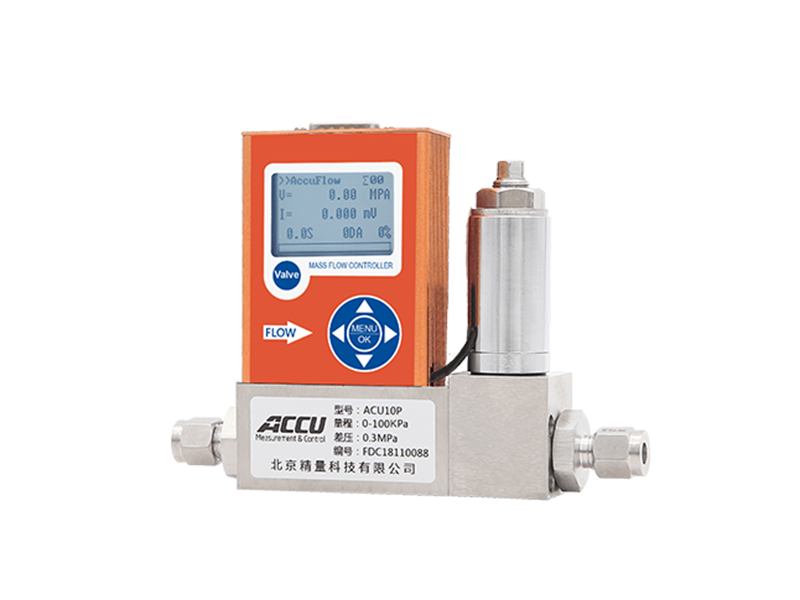How do gas mass flow meters overcome the challenges of density and temperature compensation?
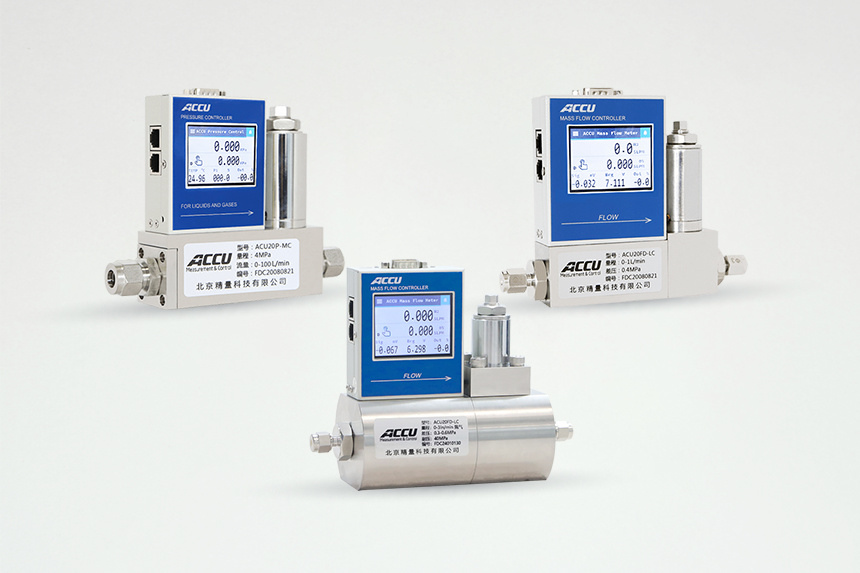
Gas mass flow meters overcome the challenges of density and temperature compensation through multi-parameter coupled compensation technology, intelligent algorithm optimization, innovative hardware design, and modular integration, achieving high-precision flow measurement under complex operating conditions. A detailed analysis is as follows:
Multi-parameter Coupled Compensation Technology
Gas mass flow meters integrate temperature and pressure sensors and utilize a real-time gas property database to dynamically correct the influence of density and temperature on measurement. For example, in variable component natural gas transmission, the device can automatically adjust the compensation coefficient according to changes in gas composition, eliminating errors caused by density fluctuations; simultaneously, through the built-in thermophysical property model (such as the relationship curve between thermal conductivity, specific heat capacity, and temperature), it calculates the changes in heat transfer efficiency in real time, ensuring accurate flow measurement at different temperatures.
Intelligent Algorithm Optimization
Based on machine learning, adaptive predictive control technology enables gas mass flow meters to predict models through historical data training and identify density and temperature change trends in advance. For example, in chemical reaction kettle feed control, the device can combine real-time flow and temperature data to predict flow changes within the next 5 seconds, reducing overshoot from 15% to within 3%, solving the lag problem of traditional compensation algorithms.
Innovative Hardware Design
A dual-sensor structure (such as the speed sensor and temperature sensor of a thermal flow meter) is used to achieve constant temperature difference control, fundamentally eliminating the direct influence of temperature on measurement. For example, when the gas temperature rises, the device adjusts the supply current to maintain a constant temperature difference between the sensor and the medium, ensuring that the flow measurement is not affected by temperature fluctuations; at the same time, using the resistance-temperature characteristics of the platinum resistance temperature sensor, it monitors sensor temperature changes in real time and corrects the measurement signal through a compensation algorithm.
Modular Integration and Expansion
Gas mass flow meters support modular integration of multiple types of sensors (such as electromagnetic flow meters, ultrasonic flow meters) and communication protocols (such as Modbus, HART), allowing flexible adaptation to different fluid media and process requirements. For example, in the hydrogen energy industry chain, the device integrates explosion-proof modules and dual-range switching technology to achieve precise measurement of hydrogen flow across orders of magnitude, while withstanding environments from -40℃ to 85℃, breaking the functional boundaries of single compensation technology.
Previous page
Previous page:
Related Products


